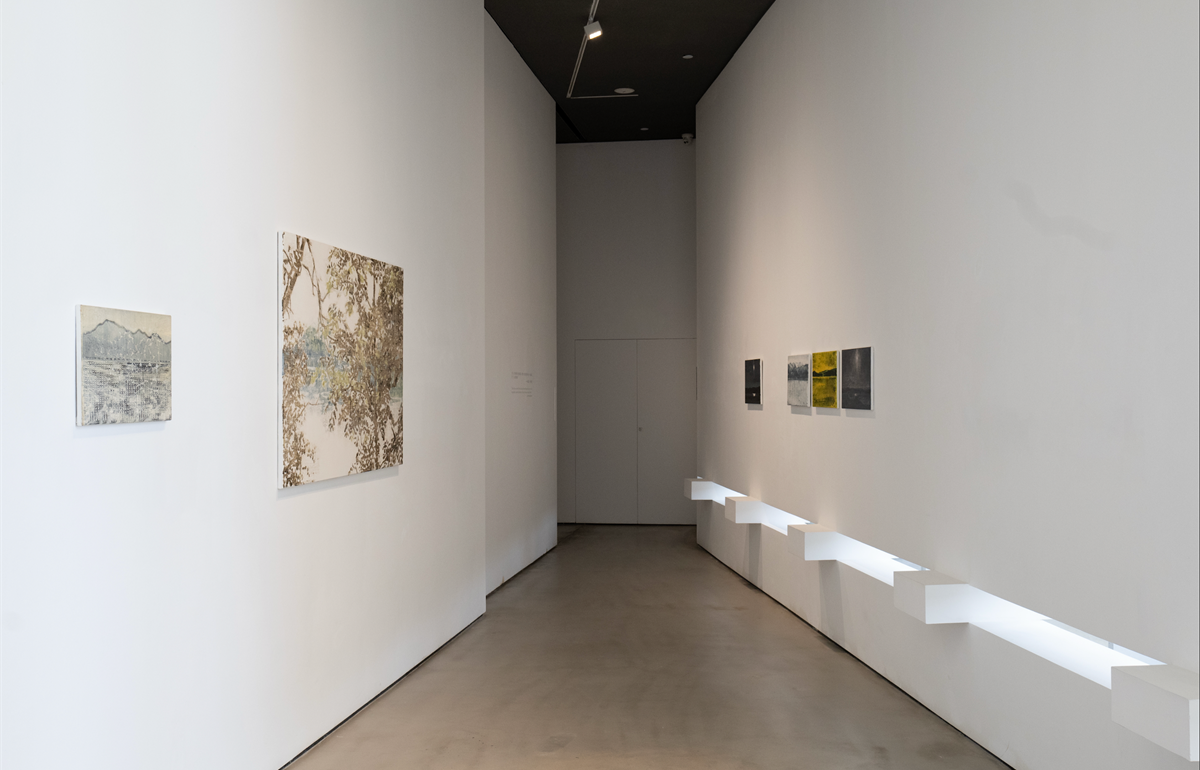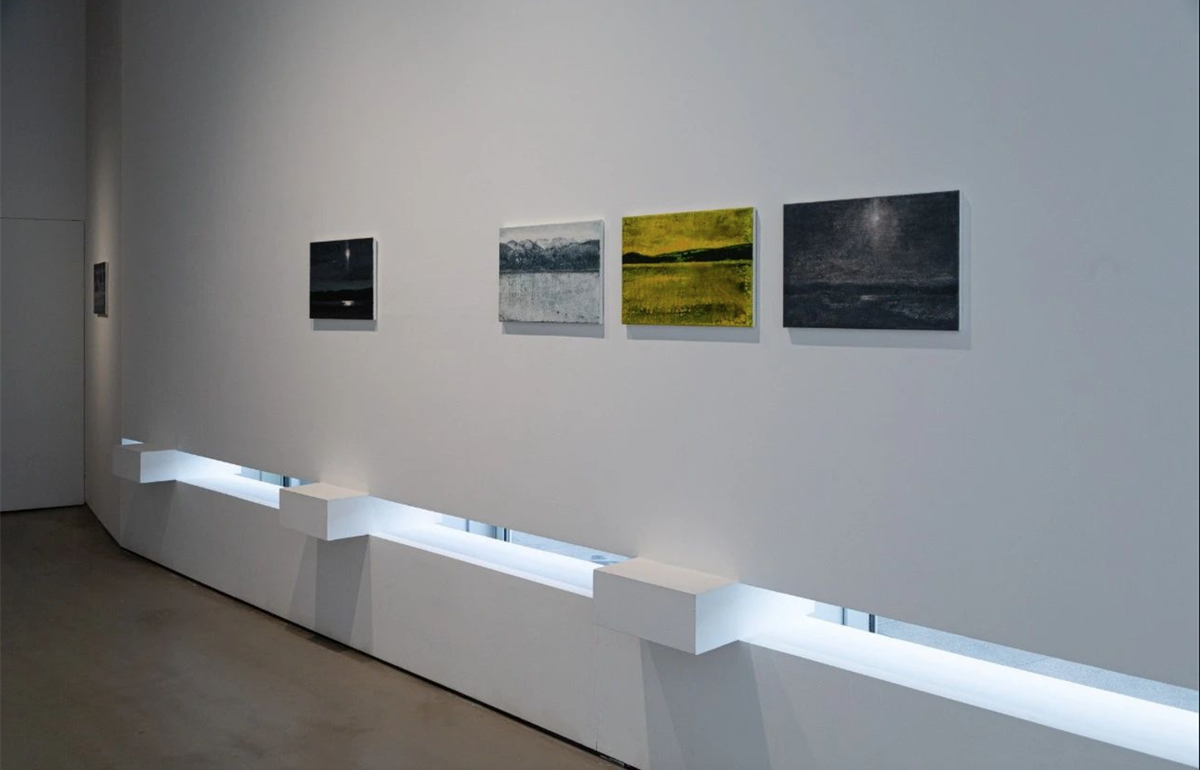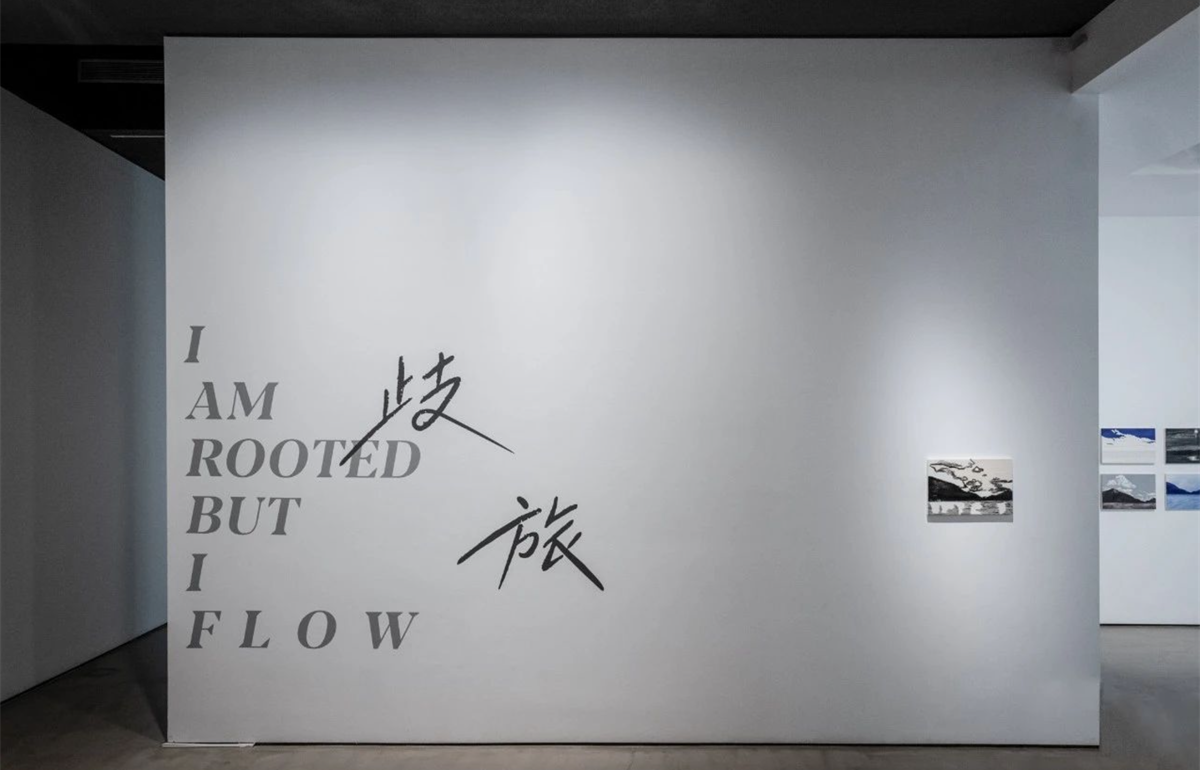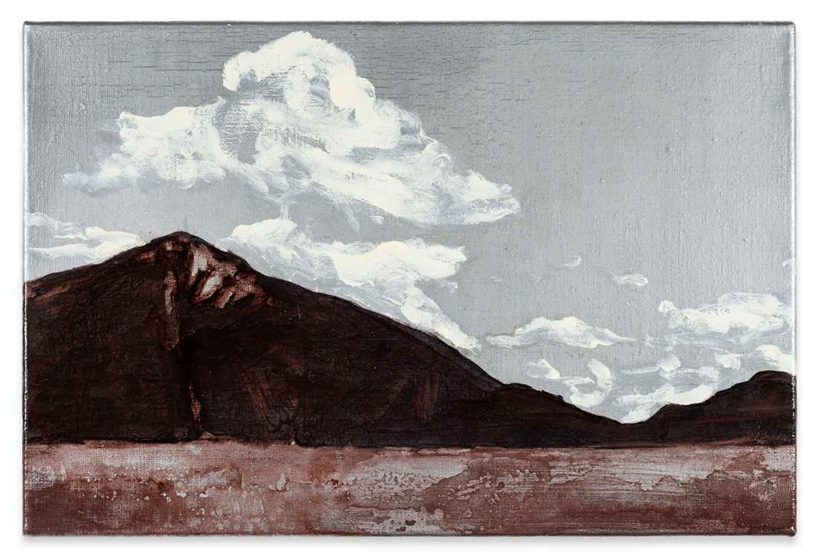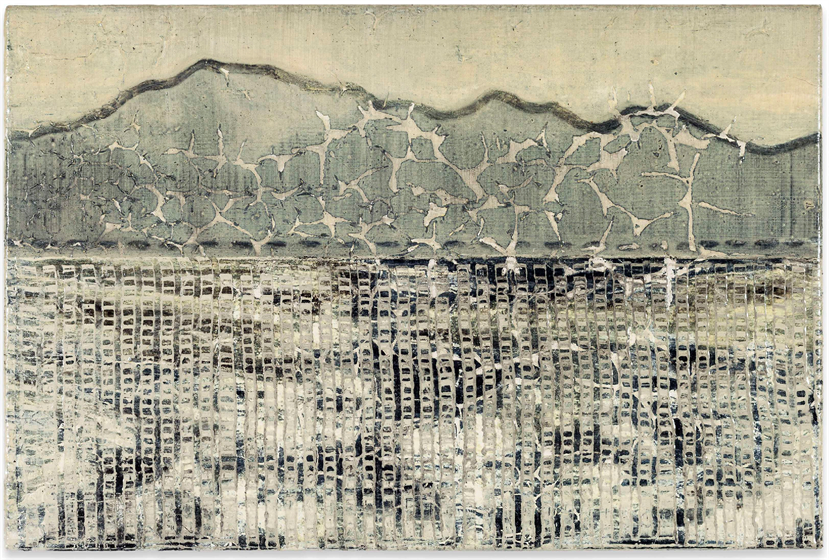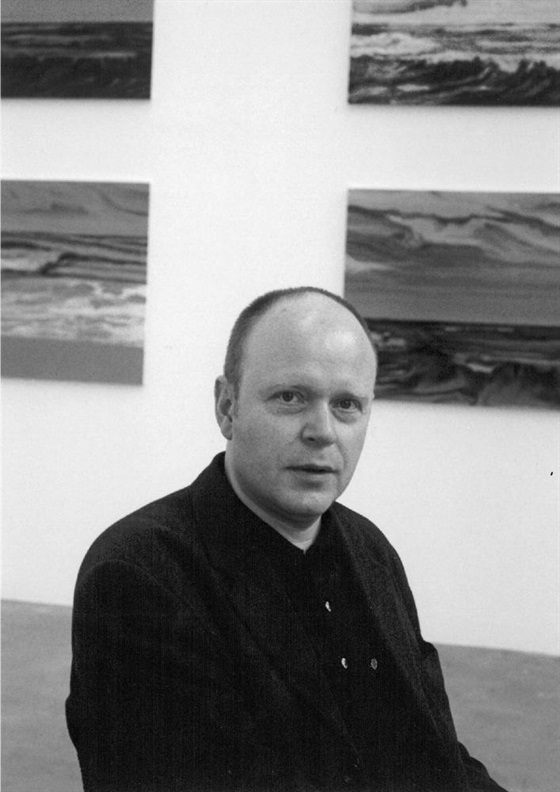W.ONESPACE is delighted to present German artist Axel Kasseböhmer's (1952-2017) solo debut exhibition in Asia, titled “Qi Lü 歧旅” (Pronunciation: Qi Lü, English title: “I am rooted, but I flow”). The exhibition focuses on Kasseböhmer's final series, Walchensee, a collection of landscape paintings created during his later years, inspired by the scenery of Lake Walchensee in the German Alps where the artist spent time in reflection. These works encapsulate his artistic trajectory, tracing his evolution from early explorations to full immersion in the art world. Each painting conveys its own distinct language, simultaneously honoring art history and revealing the artist’s inner world. The exhibition also juxtaposes the aesthetic tradition of
"scholar's rocks" from Eastern cultures, exploring the ancient practice of daily contemplation through the appreciation of natural landscapes in miniature form, as well as the meditative state achieved when observing such microcosms of nature —— providing viewers a new perspective through an Eastern cultural lens. From the "traveler" within the miniature landscapes to the "observer" of Kasseböhmer's landscape creations, audiences experience the interplay between Western landscape depiction and the spirit of Eastern ‘Shanshui’ philosophy within a contemplative atmosphere.
The title “Qi Lü” originates from the discussion of landscape painting in Manual of the Mustard Seed Garden(1679), which uses the character “歧” (Pronunciation: Qi, meaning "divergent") as a guiding principle. In the practice of painting landscapes, artists should pay attention to the stones where points and planes meet while also creating branches that extend horizontally. Just as painters must contemplate the different directions at a crossroads when viewing or constructing a landscape, Kasseböhmer made many so-called "rebellious" choices in his life's journey, choices that diverged from the “mainstream” —— adding complexity amidst complexity, or simplifying until only the essence remained. His profound grounding in art history and his defense of classical art endowed his works with deep roots, yet ultimately, he allowed diverse influences to flow freely within his creations. Virginia Woolf (1882-1941) once said, "I’m rooted, but I flow," a sentiment that aligns closely with the concept of “Qi Lü“, as if it serves as the perfect annotation of the artist’s state of creation and life. In the latest period of his life, Kasseböhmer gazed upon Lake Walchensee and recorded the scenes he perceived in his heart through painting, traversing art history from past to present. His works are both a rebellion against the present and a tribute to and continuation of classical masterpieces that span centuries. More than ten years later, his paintings are now engaging with us in a different country and cultural context, engaging us in a dialogue regarding the human experience of nature. The Walchensee still exists —— the landscape he saw, the landscape in his heart —— and now we, too, have the chance to witness it.

